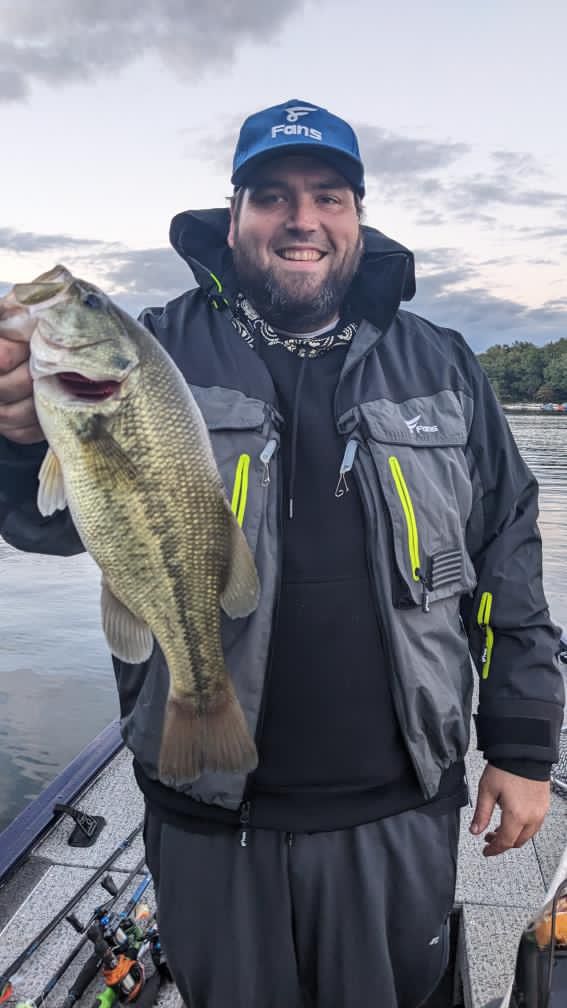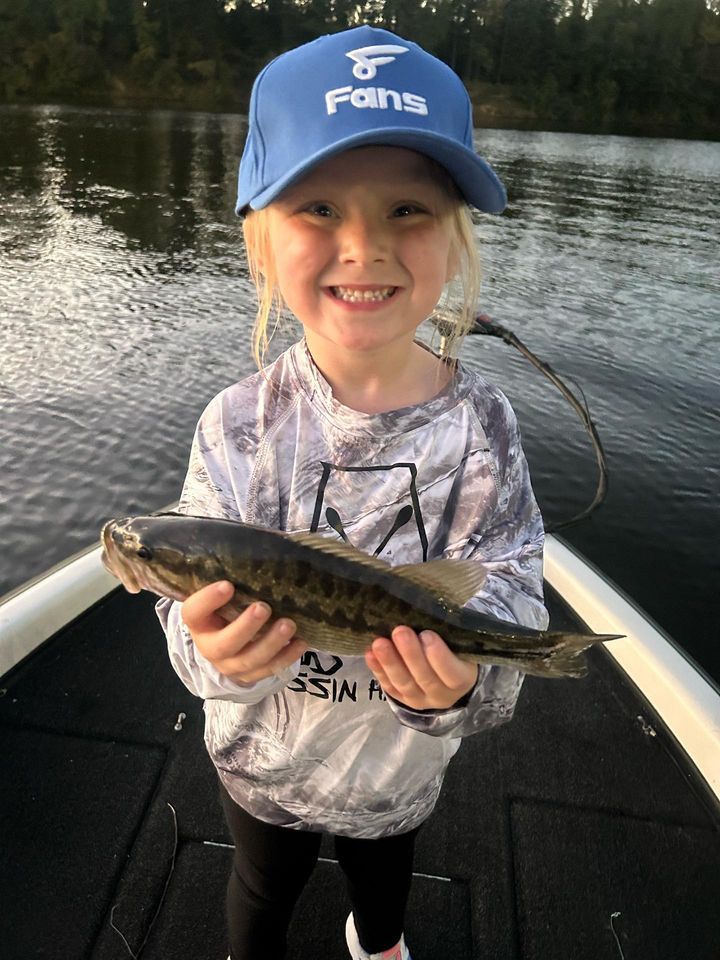
Bass Fishing for Beginners: A Comprehensive Guide !
If you're new to the world of fishing, bass fishing is a fantastic place to start. The pursuit of these fierce and feisty fish can be both exciting and rewarding. This blog serves as a comprehensive guide for beginners looking to get started with bass fishing.
Why Bass Fishing?
Bass fishing is popular for several reasons. Bass are found in numerous bodies of water across the United States and are known for their aggressive strikes, making them an exciting catch for anglers of all skill levels. Here's a step-by-step guide to help beginners embark on their bass fishing journey:
- Understanding the Bass
Before you head to the water, it's essential to understand the fish you're pursuing. Bass come in various species, with largemouth and smallmouth bass being the most common. They are known for their voracious appetites and are often found in freshwater lakes, rivers, and ponds.
2. Gear and Equipment
One of the appealing aspects of bass fishing is that you don't need a mountain of equipment to get started. Here are the basics:
-
Fishing Rod and Reel: For beginners, a medium-action spinning rod and reel combo is a great choice. It offers versatility and ease of use.
-
Fishing Line: Start with monofilament line of around 10-15 pounds. It's a good all-around choice for bass fishing.
-
Hooks and Lures: A selection of hooks, soft plastics, and hard baits are essential. Try lures like plastic worms, crankbaits, and topwater poppers.
-
Tackle Box: Invest in a tackle box to keep your gear organized.
- Fishing Outfit: To enhance your fishing experience, consider investing in high-quality gear such as 8fans fishing waders, boots, and a jacket. These items provide excellent protection, comfort, and durability, ensuring that you stay dry and comfortable while pursuing bass.
3. Learn Basic Techniques
Bass fishing techniques can vary depending on the situation. Here are some fundamental techniques:
-
Casting: Learn how to cast your line accurately to reach the areas where bass are likely to be hiding.
-
Retrieving: Experiment with different retrieval techniques like slow and steady, erratic, or stop-and-go to mimic the behavior of baitfish.
-
Setting the Hook: Get a feel for when to set the hook when you feel a bite.
-
Bait Presentation: Learn to present your bait in ways that mimic natural prey.
4. Locating Bass
Successful bass fishing depends on finding where the fish are. Some common areas to explore include:
-
Shorelines: Bass often congregate near the shoreline.
-
Structure: Look for submerged objects like rocks, fallen trees, and aquatic vegetation where bass might hide.
-
Docks and Piers: These provide shade and cover, making them ideal bass hangouts.
-
Weeds and Lilies: Bass love the cover of aquatic plants.
5. Catch and Release
Most bass anglers practice catch and release to preserve bass populations. While it's okay to keep a few for eating, releasing the majority of your catches helps protect the sport for the future
.
6. Regulations
Familiarize yourself with local fishing regulations, including licensing requirements, size and bag limits, and specific rules for the water you're fishing in.
7. Safety and Respect for the Environment
Bass fishing should be an enjoyable and respectful activity. Be mindful of the environment, dispose of trash properly, and respect the rights of other anglers and property owners.
In conclusion, bass fishing for beginners can be a fun and rewarding hobby. The thrill of the catch, the serenity of the water, and the excitement of exploring new fishing spots make it an ideal activity for those looking to connect with nature and experience the joy of angling. So, grab your gear, head to your nearest fishing spot, and begin your bass fishing adventure today!
Here is the following links to make you ready for Bassfishing;
- https://www.8fans.com/product/anti-slip-rock-grip-rubber-sole-men-wading-boots
- https://www.8fans.com/product/8fans-breathable-3-layers-x-back-chest-waders
- https://www.8fans.com/product/8-fans-breathable-2-layers-jackets
- https://www.8fans.com/product/ultralight-non-slip-felt-sole-fishing-wading-boots
- https://www.8fans.com/product/8fans-breathable-3-layers-waist-waders

